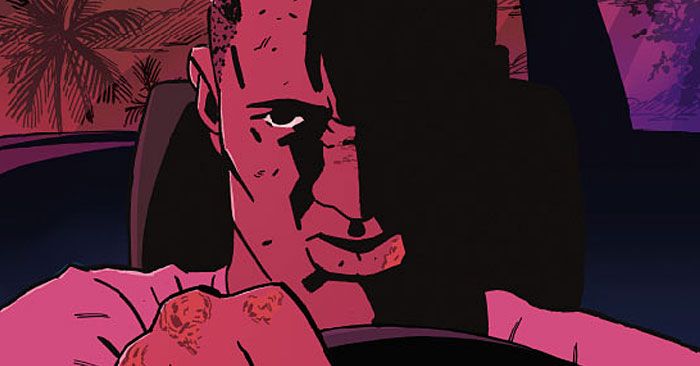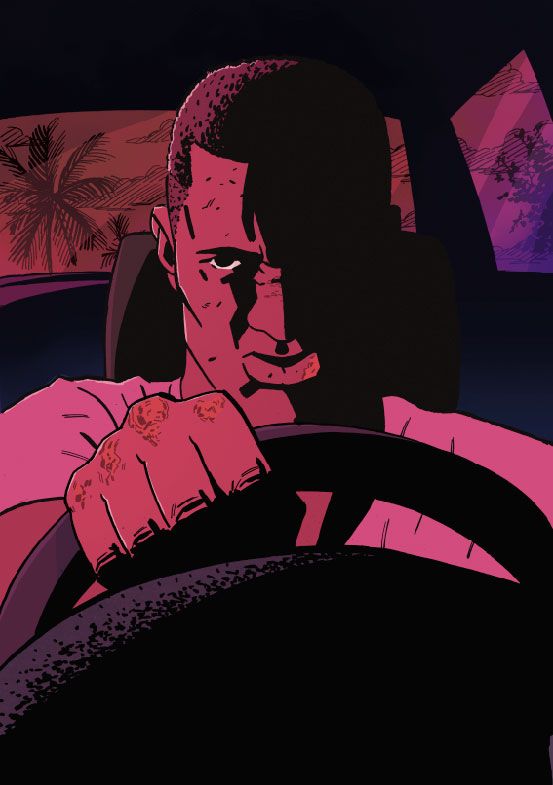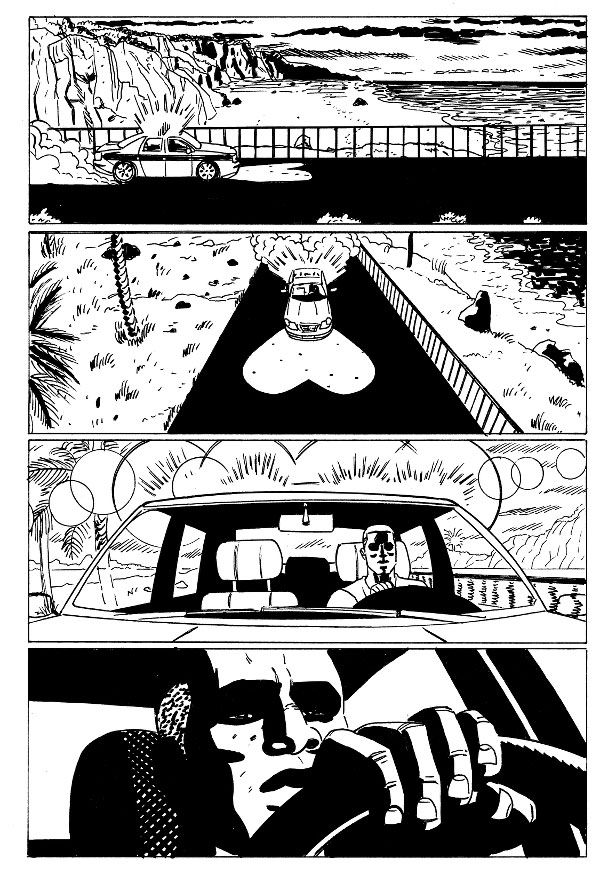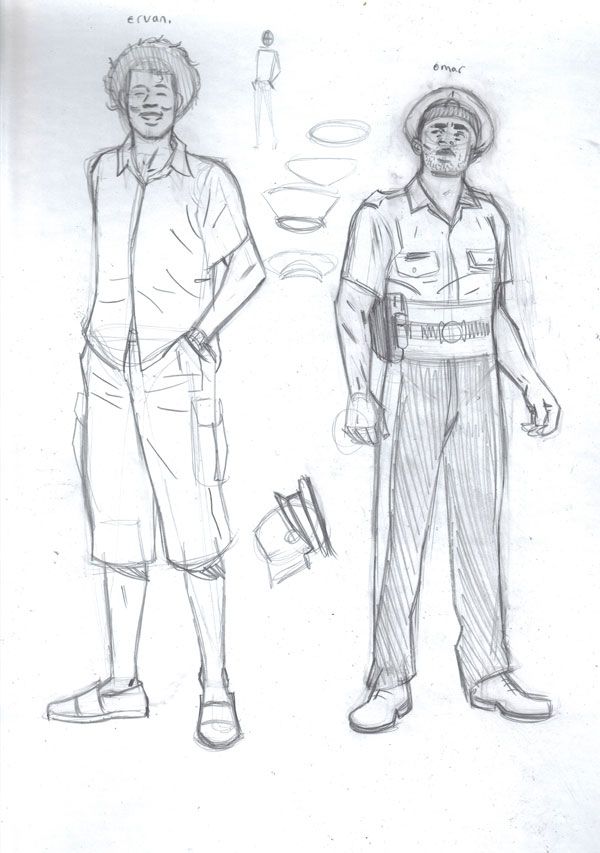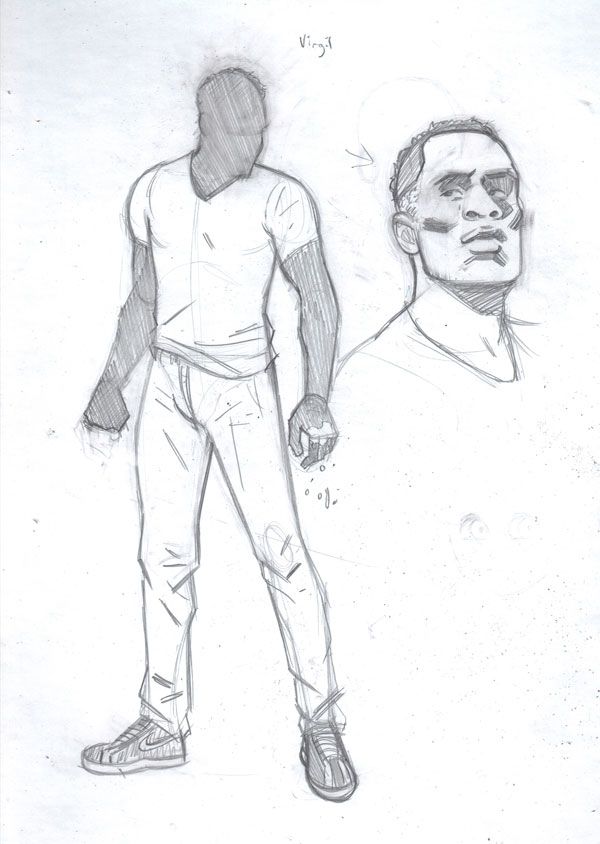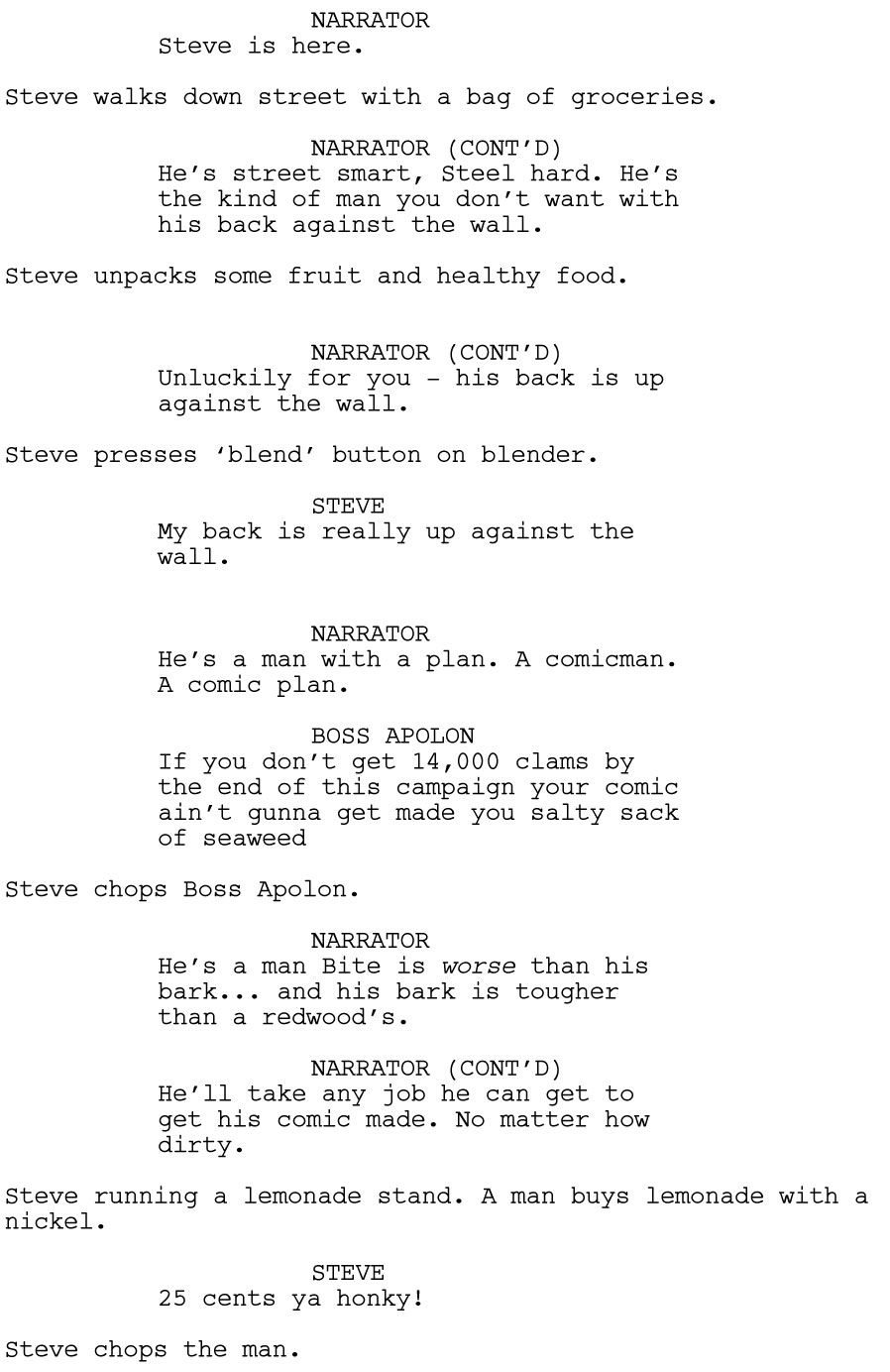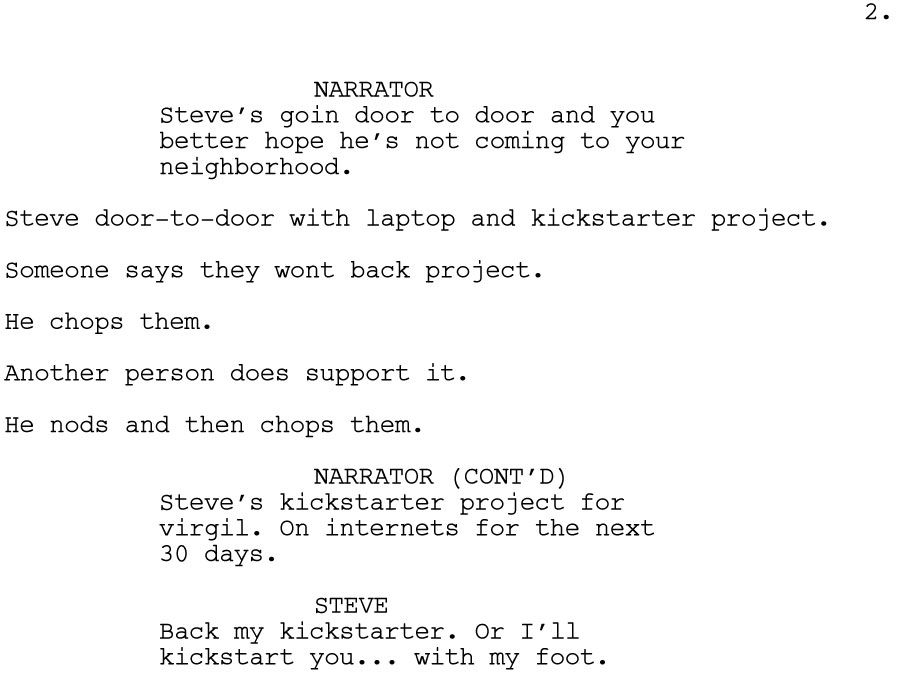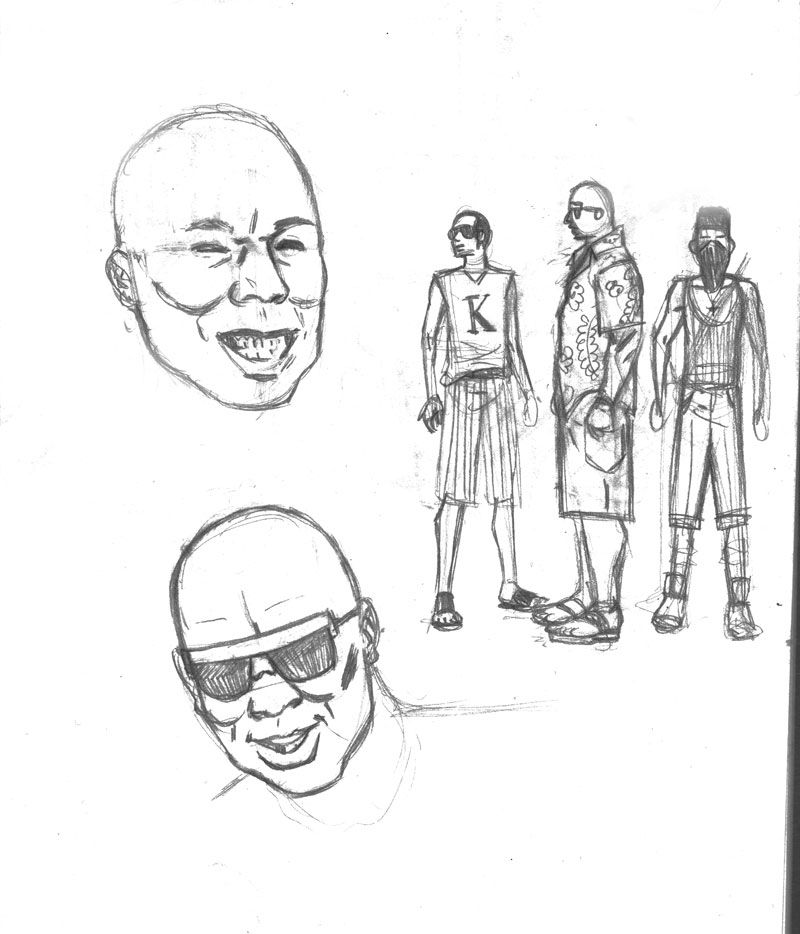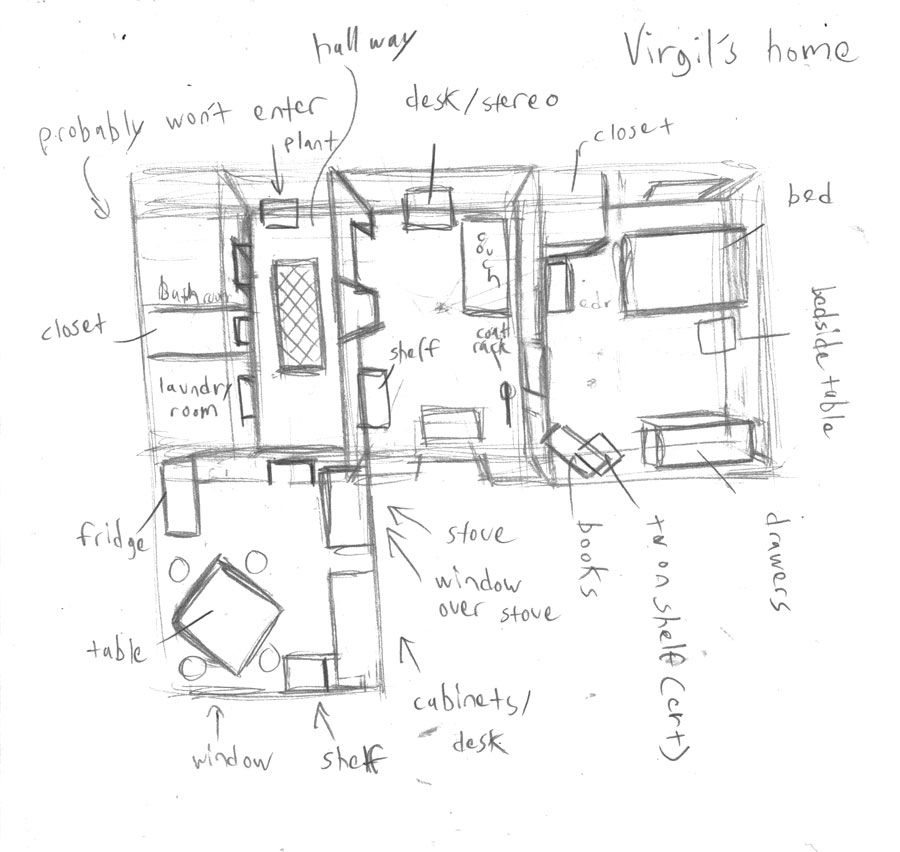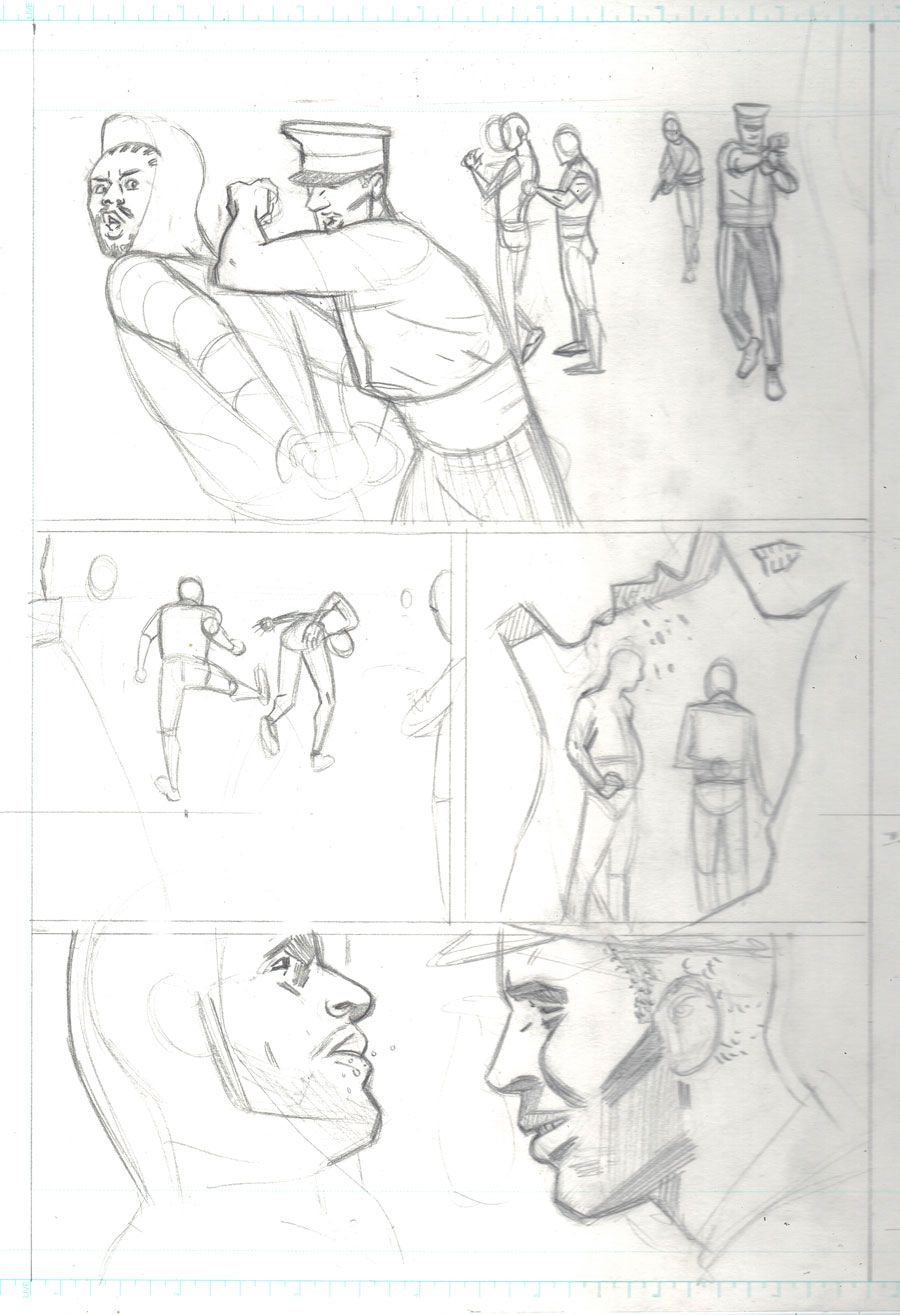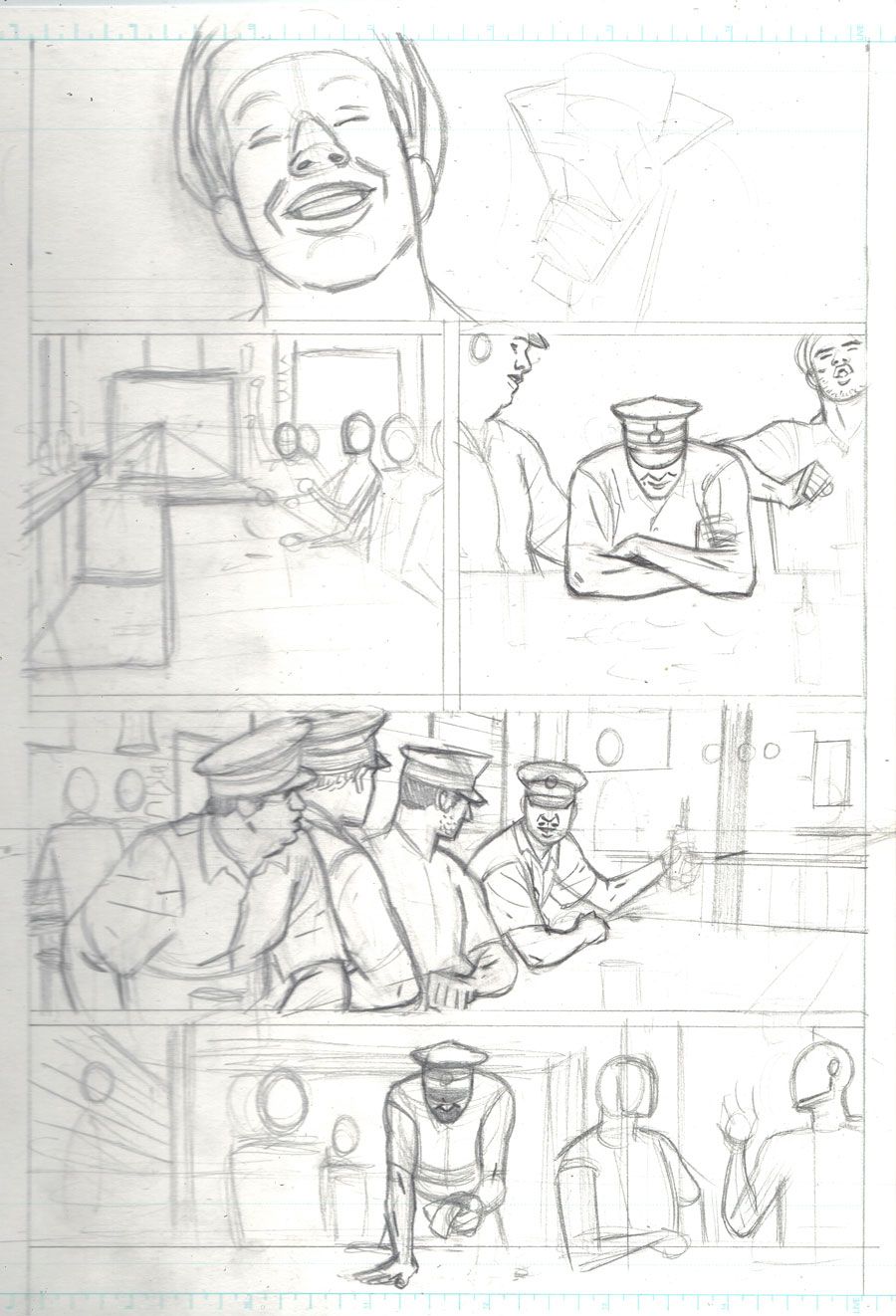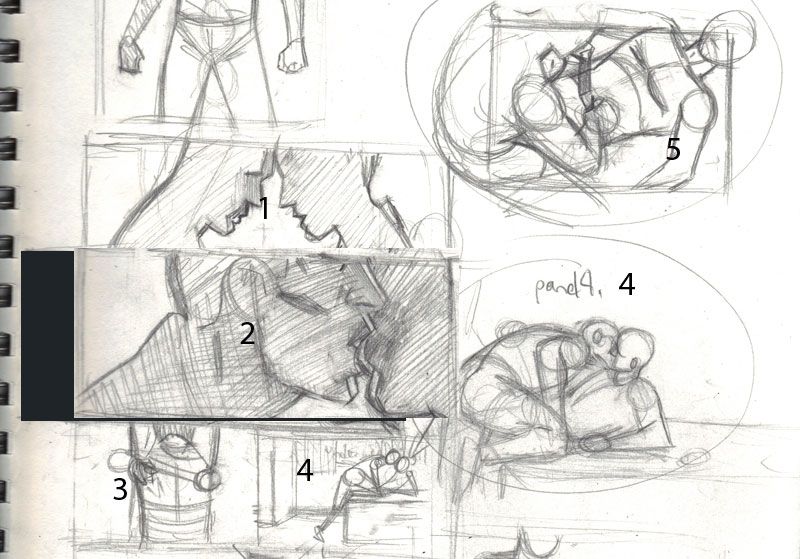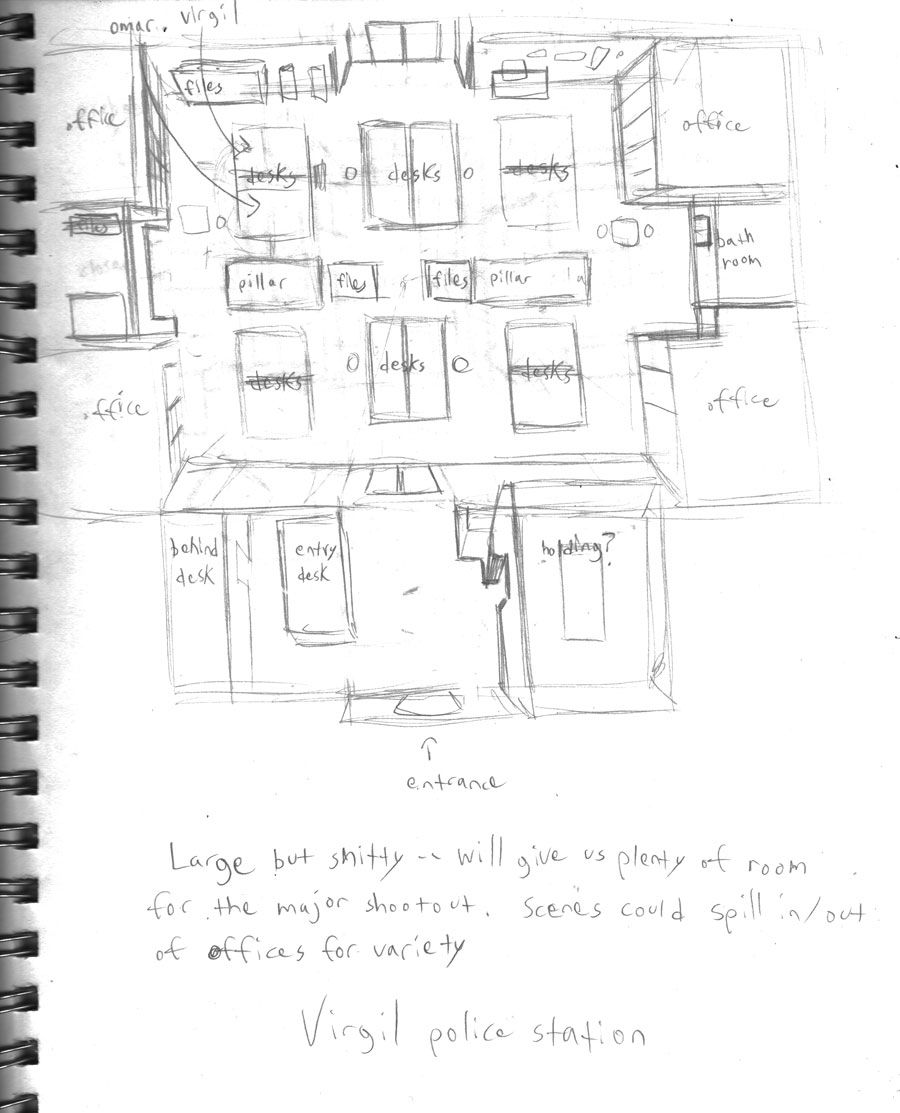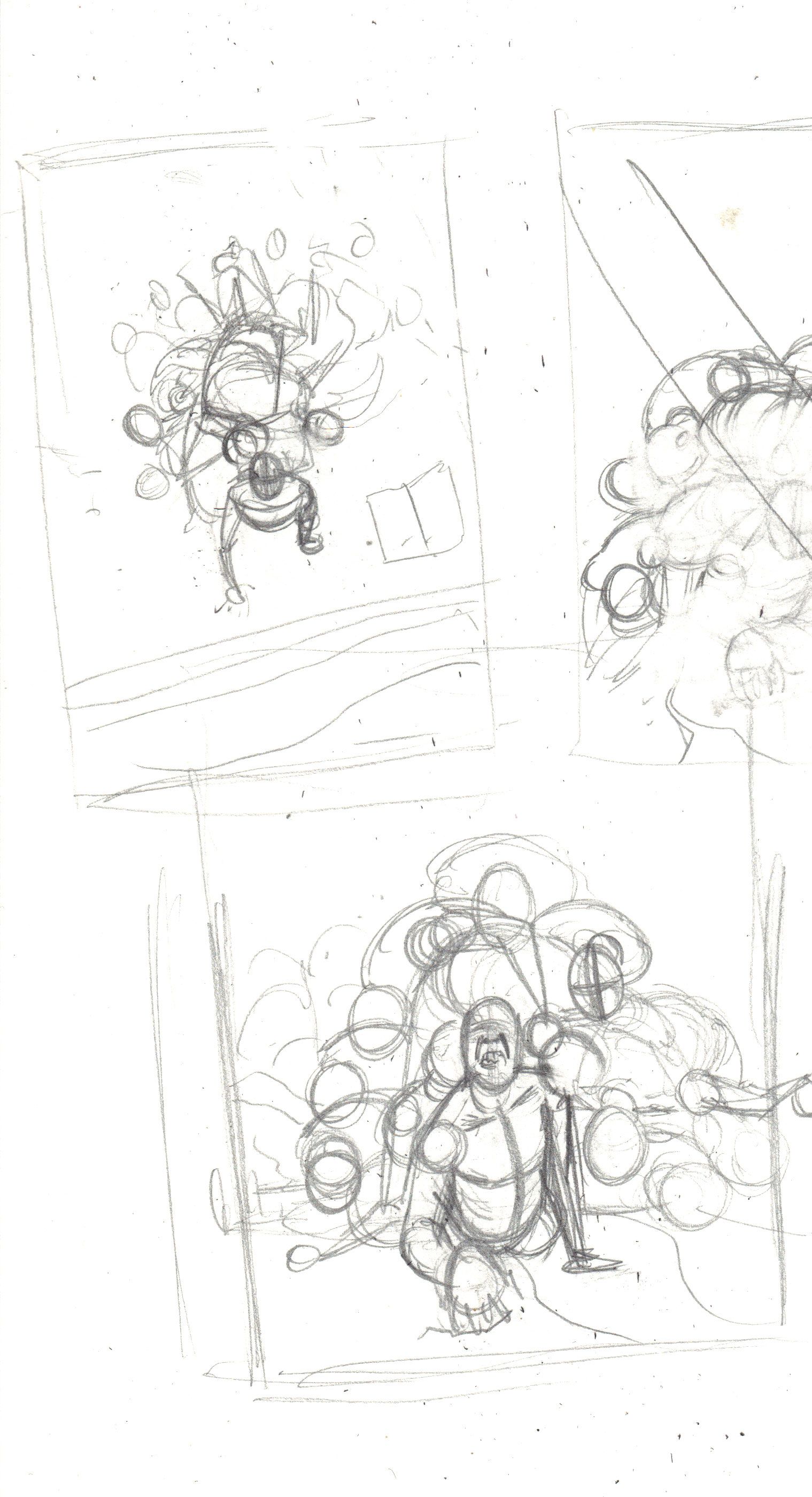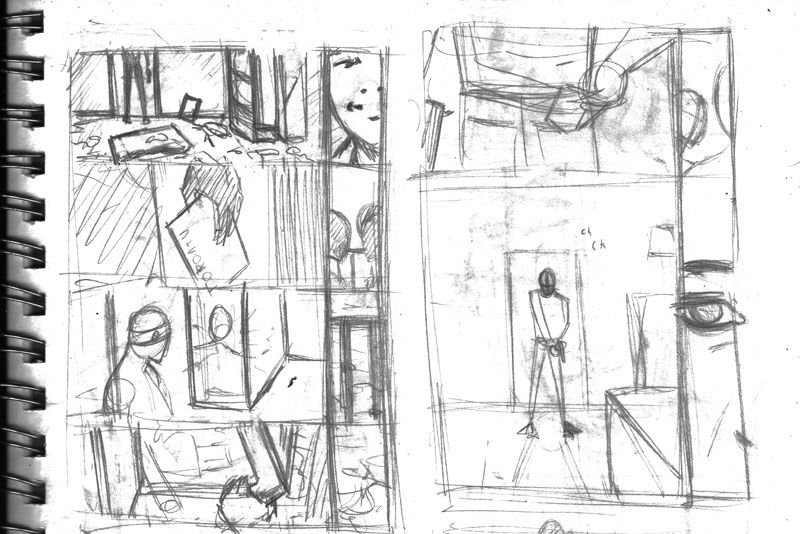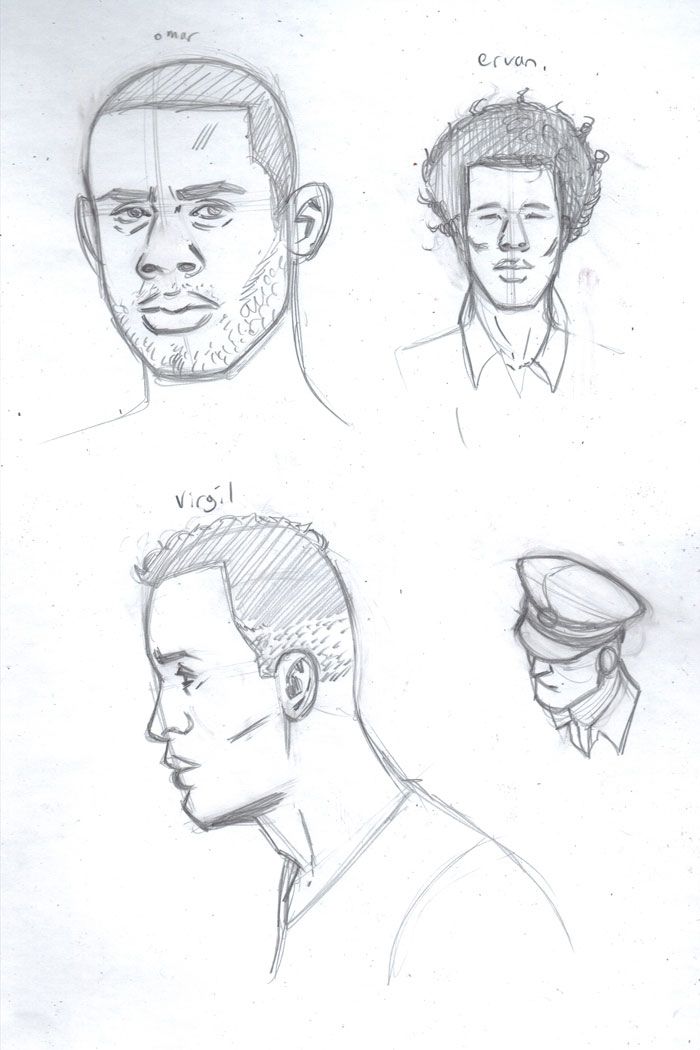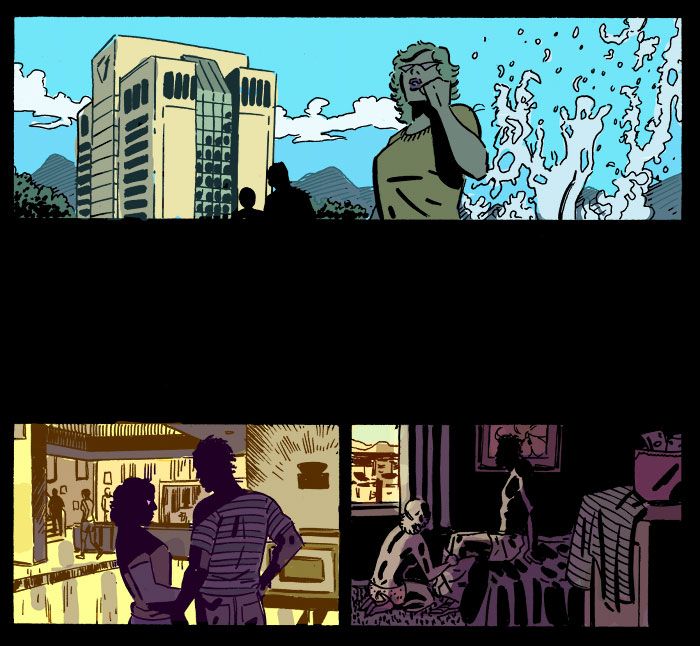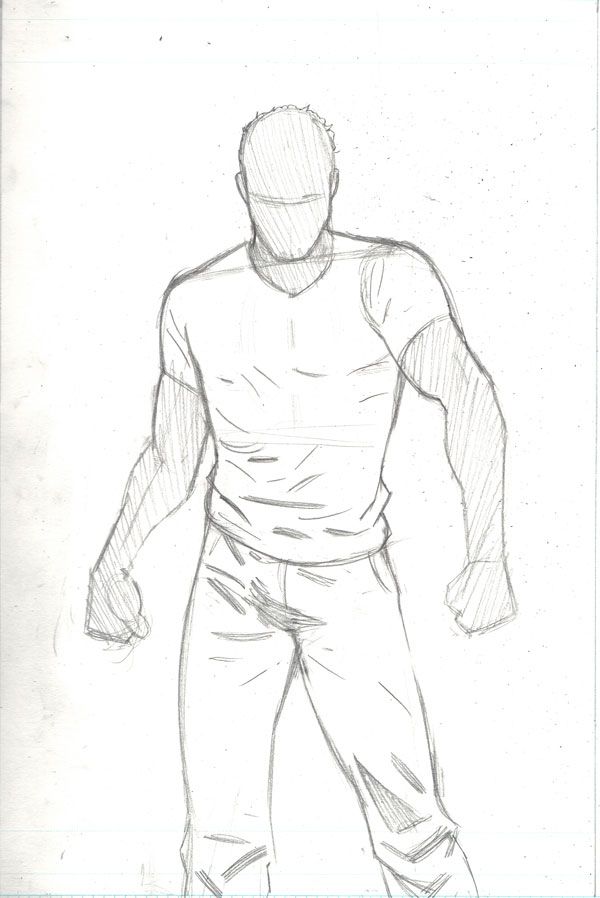This September, the creative team of Steve Orlando, J.D. Faith, Chris Beckett and Tom Mauer bring the newest face of "queersploitation" to Image Comics in "Virgil." Previously funded via Kickstarter in 2013, the series will now have a larger platform for distribution and reach new readers, which is excellent, since this is a story that needs to be told.
Virgil is a cop in Kingston, Jamaica, harboring a secret life that would ostracize him from his peers should it become public knowledge: he's gay. After Virgil's orientation is discovered, his boyfriend is savagely beaten and kidnapped, sparking a thirst for revenge at any cost.
Sadly, real-world Jamaica can be a hostile environment for LGBTQ+ individuals, with the country's current political climate inspiring Orlando to tell this story by . Blending elements of exploitation films, "Virgil" is a heavy-hitting and heartbreaking tale of one man's battle against an oppressive and violent community.
CBR News: You started working on this book a couple of years ago -- what has changed in "Virgil" since its inception?
Steve Orlando: "Virgil," like any work, is ever-evolving. I have found after this long that if I have a script, I will always work on it and sculpt it right up to the end. I'd spiral myself into madness if I had enough time, moving the same comma from place to place.
So how has "Virgil" changed? It's become more and more honed! We created a great, edgy book in the initial campaign, and now to have a wide release two years later, we've returned and refreshed it even more. Refreshed the script, the colors and the design.
The story itself has traveled the globe, or it did, long before reaching readers. It was all about a hard-hitting, queer revenge story. And the question of where to set it move from its initial home in Sub Saharan Africa (which doesn't have a great track record for Gay Rights, though there are advocates there fighting the good fight), to Jamaica, often thought of as idyllic, but which also has startling violence lurking in the news and in personal accounts.
And so"Virgil" grew. It became bolder, it became more adult and mature, and more confident in what is was. Each letter of support or approval of the book's mode let it stand up a little taller, trim away any final veneers of self-doubt when it came to presenting this story of a gay man out to save his guy, damn whoever stands in his way.
What is your relationship with exploitation stories? What about the genre speaks to you?
It's the primal nature of the story -- the archetypal heroes and villains. Iconic modes, used as a vehicle for a brazenly modern story. Telling a wider audience, through an exciting genre story, about a very real struggle that a community is facing. It's the vehicle that's the appeal. Exploitation is all about discontent, anger. It's an emotional response, not always subtle, but it's honest. It's undiluted, it's emotional and it's from the heart. It's often punching from the heart.
And I've been watching these films since I was young -- "Sweet Sweetback," "Foxy Brown," "Shaft," "Coffy," "Across 110thStreet" -- they were exciting to me as a kid, maybe too young to be seeing them. But then, as an adult, I loved how outlaw bold they were. They told the story and didn't care who got angry. It was unrest fiction!
I remember you saying you wanted to work on the next phase of queer representation in comics -- how does "Virgil" reflect that for you?
To me, when I talk about queer representation, it's about the idea, which I've also pushed with [DC Comics series]"Midnighter," that the story itself is just as nonchalant about queer themes as we want real life to be. Sometimes there is a tendency -- often well meaning, so this is not a slight -- to put a spotlight on the queer themes and characters, to overemphasize them and basically say, "Look! Look how okay with this we are! Look at it!" But that's not saying something is normal, or something is usual. It's a lingering glance, staring on the street. The story itself should treat these queer characters like actual people -- nothing to see here. We are nothing to stare at.
And when you get right down to it, it means dedication to queer characters, and not caricatures. To create an action book starring a gay man, versus a gay action book -- because the story itself doesn't make a big deal about being driven by gay characters.
How did you research the political environment in Jamaica? What has the feedback been like from readers who have spent time there?
The feedback has been wonderful! The Image edition will actually have an afterword on the outside back cover, written by a gay man living in Jamaica right now, who was kind enough to email me about the book. It's happiness that someone is speaking about what's happening there is a new forum. People already are speaking, but any new awareness aggregates. If more people can see what's happening, in the long run, more people can work to change it. And as the book shows, there are brave people supporting queer rights in Jamaica, and we're excited to show that as well. Painting a picture, acknowledging good and bad, of the situation, has been well received.
Research wise there are countless, unfortunately, accounts of the state of especially gay male life, but queer life in general on site. JFLAG offers resources, but there are gay news sites quietly aggregating news. It is sadly not hard to find account after account of violence, of hatred, and of the people living it day to day. In the time since the original book, VICE News Released the short documentary"Young and Gay: Jamaica's Gully Queens"-- a quote: "Homosexuality in Jamaica has no hope."
People are literally living in storm drains to escape violence. Social Media also allows access to personal accounts from queer citizens, sometimes even the attacks themselves are posted on social media, and the news just keeps piling up.
Are comics uniquely situated by being a visual medium to tell these stories in a more impactful way?
I think so! And not just for Jamaica, but for any place we can bring readers that they've never gone. There's no budget in comics, beyond what you can create on the page. And so we should be taking readers to the exciting, shocking, fantastic -- places they couldn't normally go, or wouldn't go. And thanks to the wealth of information available, we can dig into visual reference for a place and take people there for the cost of a comic book. It's a wonderful thing!
There is plenty of sharp political commentary in "Virgil," but the core of the story is the relationship between him and Ervan. How do you balance the various aspects of romance, sex, action, politics and violence when you're writing?
Looking at what we talked about above, the balance comes from the idea that the story itself doesn't treat its queer characters any differently than any others. So, the balance of sex, politics, violence, we try to emulate the balance from a story like"Shaft,"or"Django [Unchained]," the stories that inspired us to create a queer-focused take on the genre. It's exploitation, it's bold, and we're confident about the presentation these things. Like with the inspiration, we are unashamed, we are uncompromising in the queer content.
We see Virgil shift between emotions and action so quickly -- what does your direction look like to JD for those moments?
I try to keep it as open as possible. Because comics are a collaboration -- it can certainly end when you press send on the script. But it shouldn't. It should always be a conversation -- creators working together to make each other better. I try to put the main beats and basic paneling for the script, with the idea that JD would be able to open up or shrink anything he wanted to in order to make the mood happen and make his style happen. It's all about giving JD room to be great.
Let's talk a bit more about JD's gorgeous art -- what was important to you in character and location design? How did you work with your collaborators to convey that?
JD did amazing with the style -- and when it comes with characters and location, the key was taking the Mazzucchelli and the Nicolas Winding Refn influences that JD wanted to use as the foundation for the book and using them as a lens for onsite reference for landmarks, architecture and fashion. The important thing in this was giving JD freedom to do what he does -- he's got a gritty, illustrative style that is perfect for giving weight and realism to these characters while not making them stiff. He gives them energy, life and the details of true characters. And as above, when it comes to collaboration, it's about trust and room. You have to stay positive, and encouraging, and know when to get out of the way and let amazing creators work.
How can readers, or anyone interested, find out more about supporting the queer movement in Jamaica?
I would encourage them to reach out toJLFLAG- which is pushing for change on the ground, and has resources for allies and support right on the site!
"Virgil" arrives in stores September 9.

